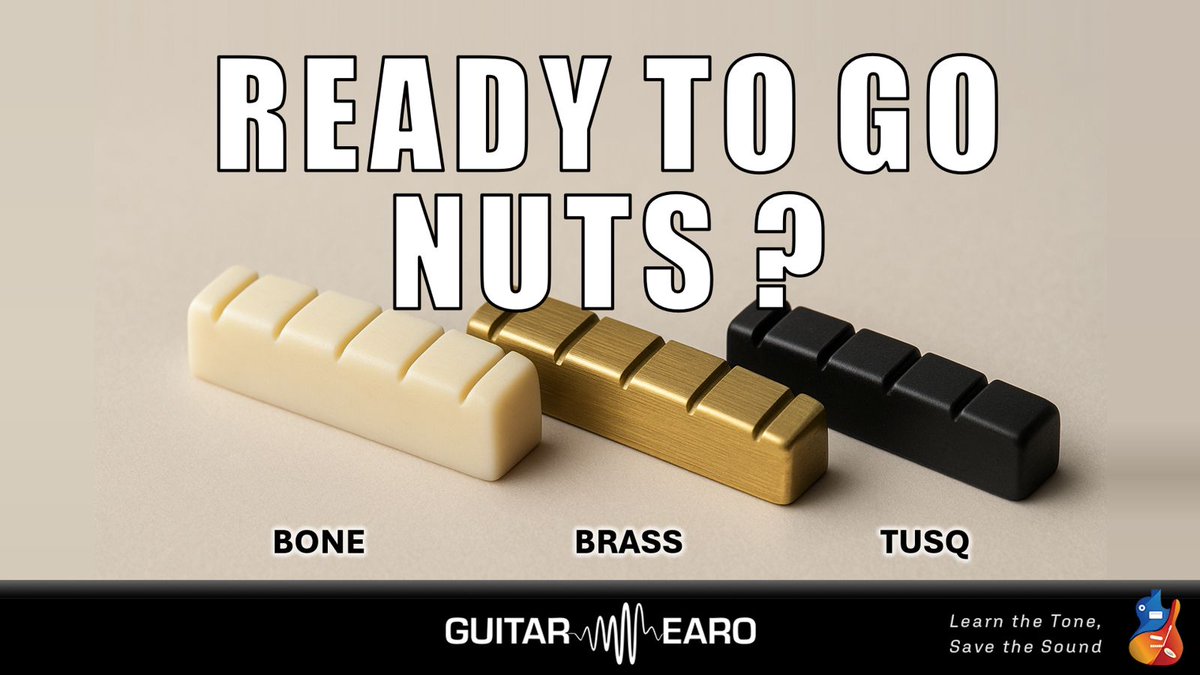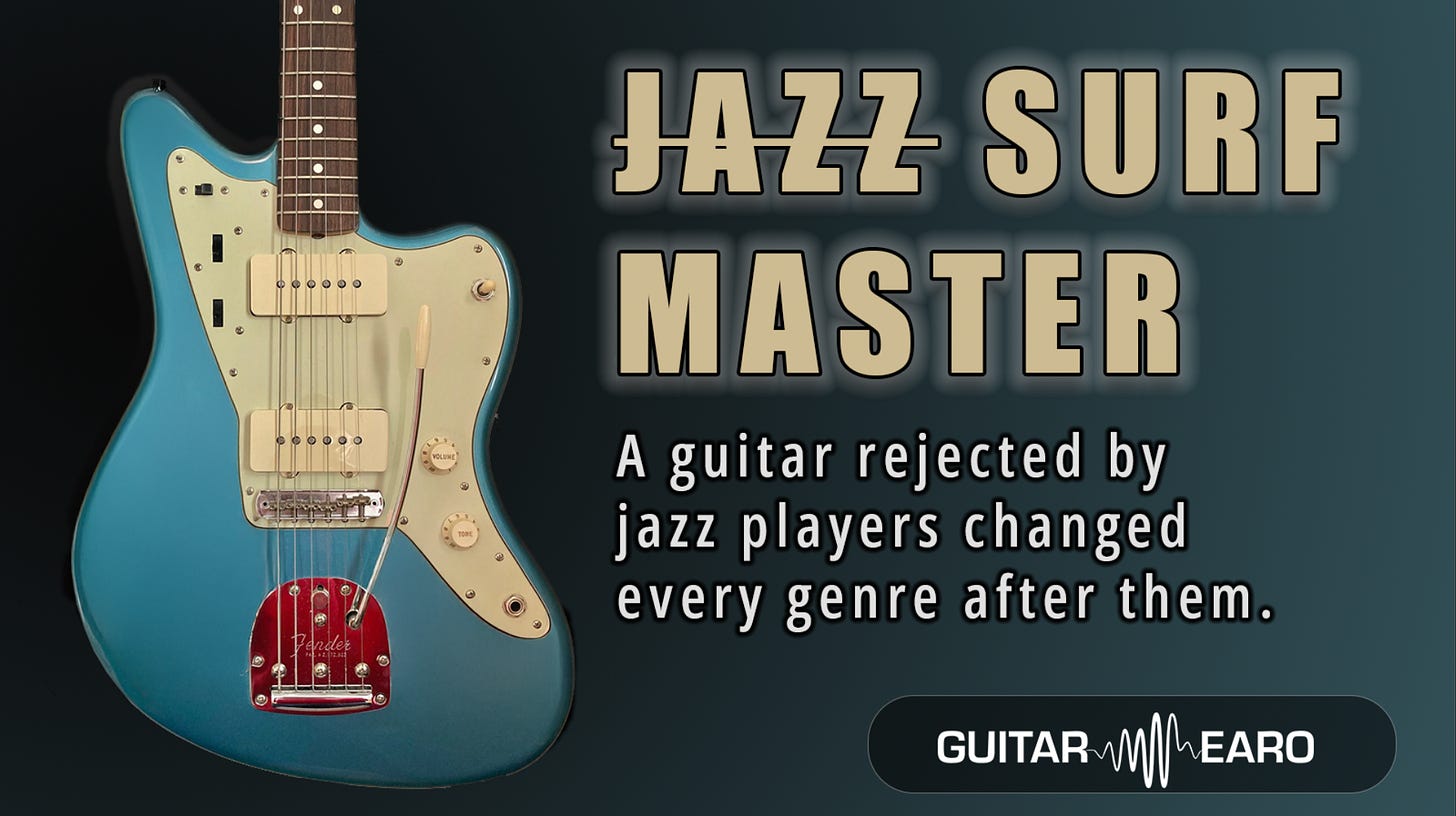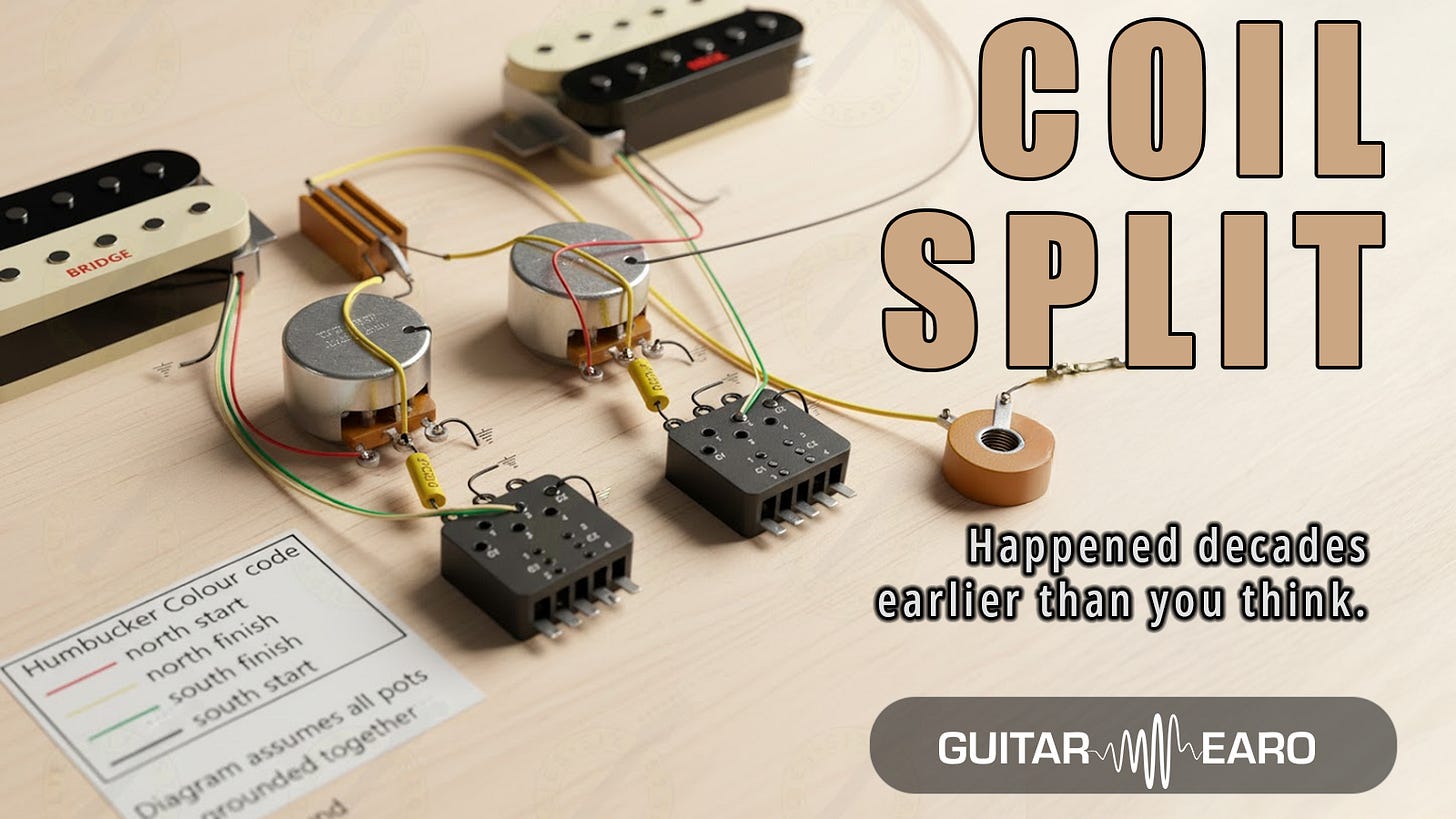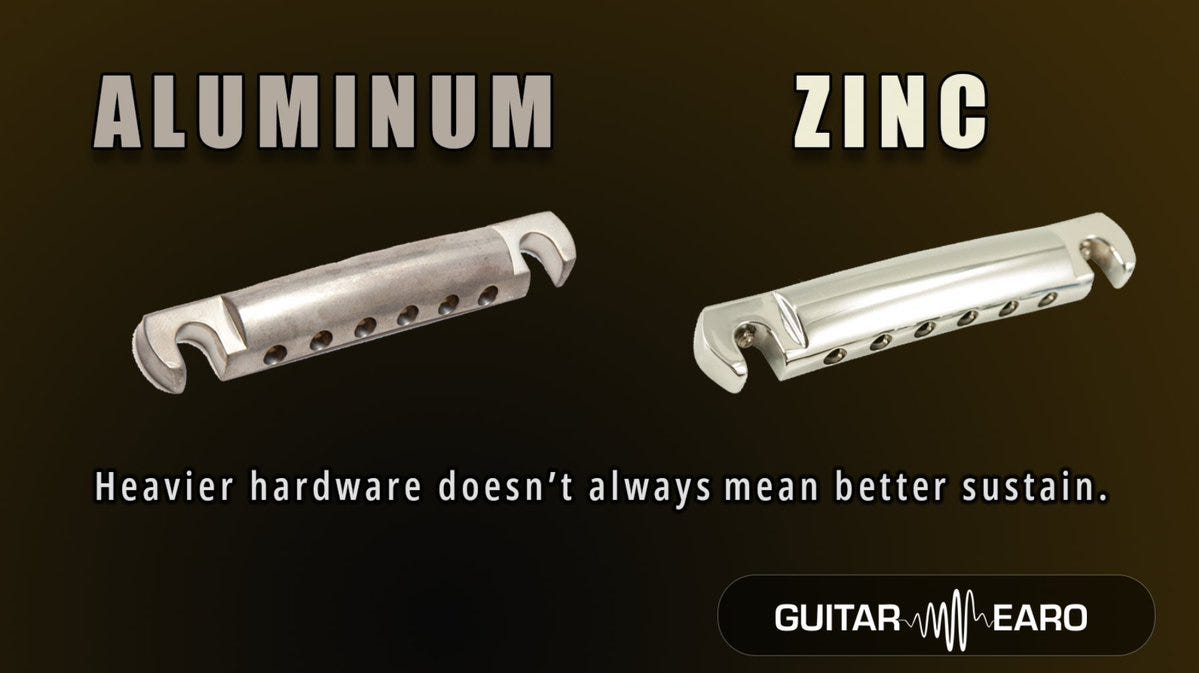In the long history of guitar myths, few topics are as oddly persistent as the material of the nut.
Bone. Brass. Synthetic polymers. Entire forums have argued over which is “best.”
But what does the nut actually do, and how much difference does the material really make?
The Nut’s Real Role
The nut defines the endpoint of the string, but only for open notes.
As soon as you fret, the fret itself becomes the endpoint. At that moment, the nut is acoustically irrelevant.
So whatever tonal difference a nut makes is confined to open strings. That’s a narrow but not insignificant slice of <a href="colour-and-tone-a-myth-with-a-kernel.html">guitar tone</a>, especially in genres that rely heavily on drones, open chords, or slide.
Bone: Organic Warmth
Bone has been the traditional nut material for centuries.
Its porous, organic grain absorbs tiny amounts of high-frequency energy.
This results in open strings with a slightly warmer, mellower edge.
Luthiers often describe bone as “musical” and “natural,” but its organic irregularities also mean no two pieces are identical. Consistency is not its strength.
Brass: Bright and Lasting
In the 1970s, brass nuts became a short-lived trend favoured by players chasing <a href="do-heavier-guitars-actually-sustain.html">sustain</a>.
Why? Brass is dense, hard, and elastic. It reflects nearly all of the string’s energy.
Open strings on a brass nut sound closer to fretted notes.
Lab tests show open-string <a href="do-heavier-guitars-actually-sustain.html">sustain</a> lasting 5–10% longer compared to bone.
The trade-off?
A brighter, sometimes harsher attack that not everyone loves.
Polymers: Engineering a Middle Ground
Modern synthetics, like TUSQ or PTFE composites, try to deliver the best of both worlds.
Hardness and density approaching brass → clearer tone, improved <a href="do-heavier-guitars-actually-sustain.html">sustain</a>.
Built-in self-lubrication → fewer tuning issues, especially with tremolos.
The appeal is consistency: every piece of engineered polymer has uniform properties, unlike natural bone.
The Real Divide
So why do players fight so bitterly over nut material if the differences are subtle and limited to open strings?
Because the nut debate is really a proxy for something larger:
Tradition vs. Technology
Mojo vs. Measurables
Bone carries vintage romance. Brass carries 1970s rock nostalgia. Synthetics carry modern pragmatism.
Each camp has a story, and stories matter as much as science when it comes to guitars.
The Takeaway
Bone warms open strings, but at the cost of consistency.
Brass brightens and extends <a href="do-heavier-guitars-actually-sustain.html">sustain</a>, making open notes feel more like fretted ones.
Polymers split the difference with clarity and tuning stability.
But remember: once you fret, the nut disappears. Most of what players swear they “hear” comes down to perception, style, and personal bias.
The nut debate tells us less about physics than it does about how deeply we invest emotion into every detail of our instruments.
If you enjoyed this myth-busting dive, subscribe to Guitar Earo on Substack for more technical explorations of guitar physics and design.
🎸 Learn the Tone. Save the Sound.




